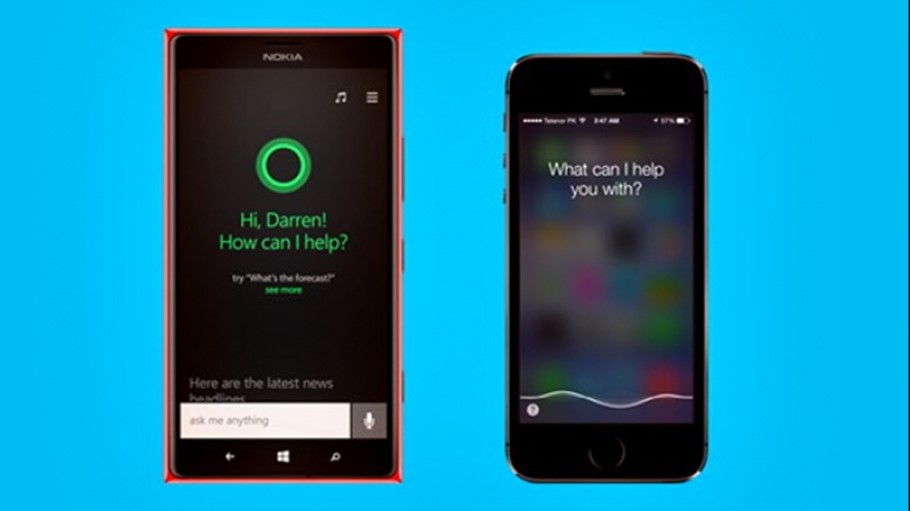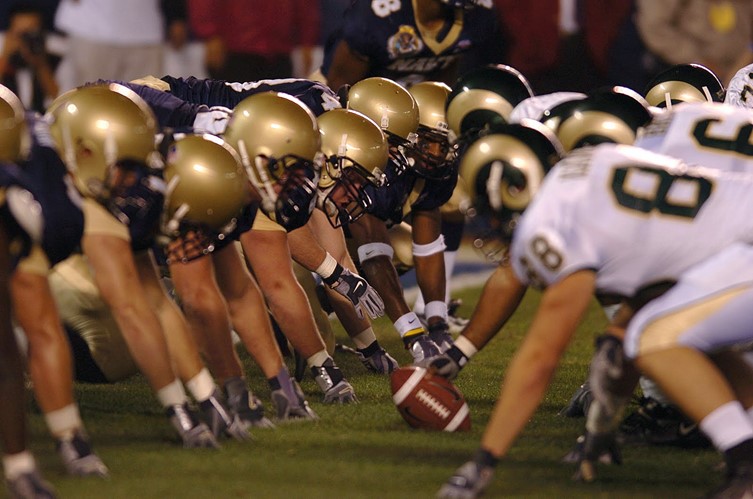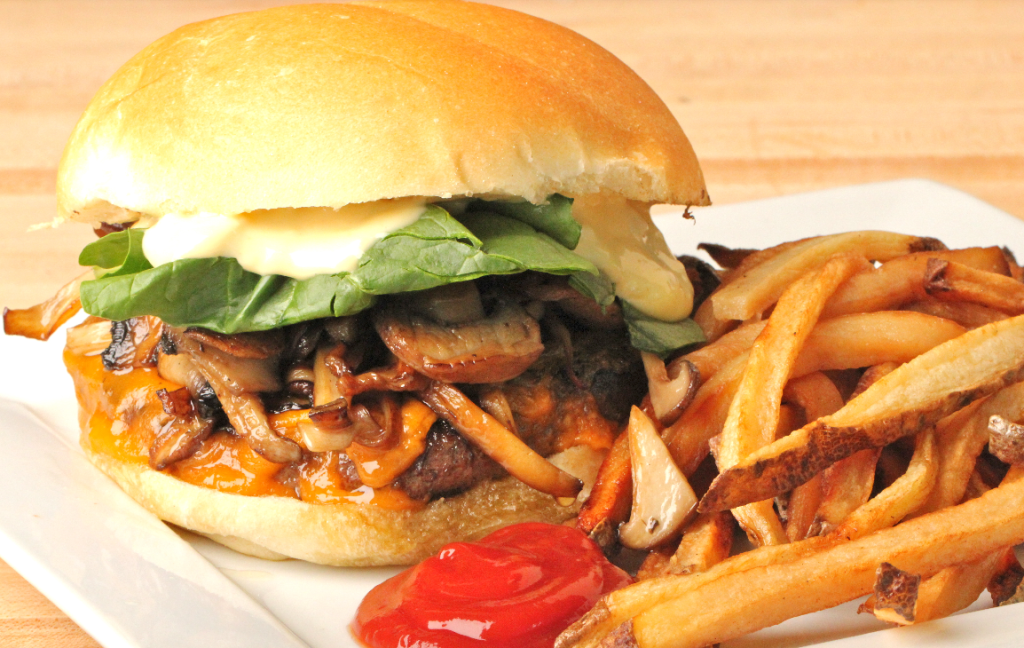Are Cortana And Siri Sexist?
June 30, 2015 in Daily Bulletin

Back in 2011 Jenny Davis wrote about some of the more troubling aspects of automated mobile assistants such as Apple’s Siri, and Microsoft’s Cortana:
- Both voice assistants, despite being digital, are very clearly set up to be female.
- Since they’ve been personified they’ve also been sexualized. Both systems come with pre-programmed responses to the sexual questions that programmers knew would inevitably be asked of them.
- The systems are designed to play subservient roles. They’re meant to be there when you need them, and to disappear when you don’t, and they’re expected to anticipate and fulfil your desires.
- The sexism and misogyny this implies is concerning.
Read more here.
Source: Cyborgology









Join the Discussion! (No Signup Required)